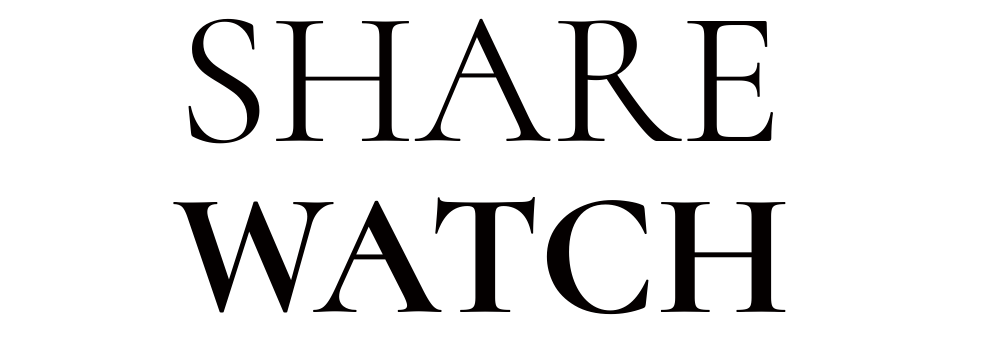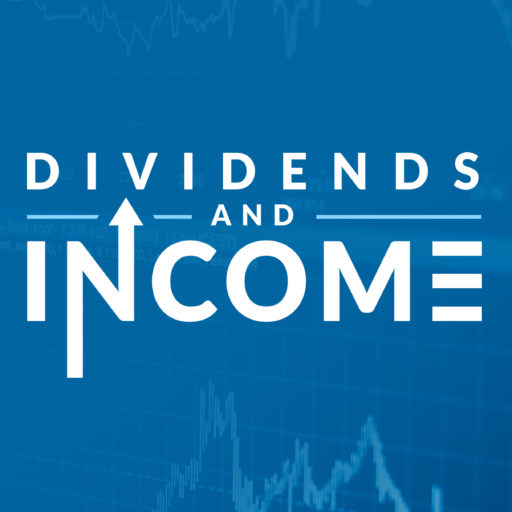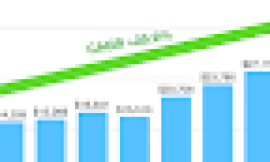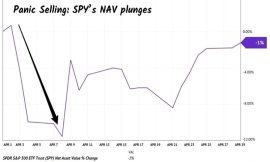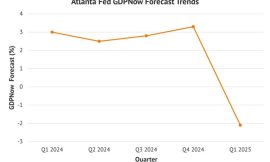Most people are using Health Savings Accounts (HSAs) all wrong.
They treat them like a boring savings account for doctor visits. Swipe the debit card, pay the bill, move on. But that’s like buying a Ferrari and never driving it faster than 25 mph.
An HSA isn’t just a savings account. It’s a retirement account in disguise — with better tax benefits than an IRA or 401(k).
The Triple Tax Edge
As far as I know, HSAs are the only vehicles in America that give you all three tax breaks:
- Tax-deductible contributions (you get the write-off today).
- Tax-free growth (dividends and gains compound untouched).
- Tax-free withdrawals (if you use the money for qualified medical expenses).
That “triple tax edge” is why financial pros call HSAs the most tax-advantaged vehicle available.
The tragedy? Most folks leave their HSA money parked in cash — earning pennies while inflation eats it alive. That’s fine if you want a glorified checking account. But it’s a terrible move if you want to build wealth.
Instead, roll your HSA to a brokerage that lets you invest in stocks, ETFs, or funds. Then you have two main strategies:
- Income-first approach: Load up on dividend-paying stocks or income ETFs. The dividends can cover your healthcare expenses tax-free — without you selling a single share.
- Growth + Income approach: Pair growth names (for long-term compounding) with a steady income generator.
My Real-Life HSA Portfolio
Inside my own HSA, housed at Fidelity, I’ve chosen the “growth + income” approach. My portfolio is just four positions — three growth giants (MSFT, GOOGL, AMZN) plus one income generator (QYLD).
| Stock / Fund | Shares | Cost Basis per Share | Total Invested | Current Value | Gain ($) | Gain (%) |
|---|---|---|---|---|---|---|
| Alphabet (GOOGL) | 200 | $35.48 | $7,095.03 | $49,428.00 | $42,332.97 | +596.66% |
| Amazon (AMZN) | 180 | $63.23 avg (blended) | $11,683.21 | $39,637.80 | $27,954.59 | +239.18% |
| Microsoft (MSFT) | 36 | $202.73 | $7,298.31 | $18,365.40 | $11,067.09 | +151.64% |
| Global X NASDAQ 100 Covered Call ETF (QYLD) | 118 | $19.53 | $2,305.07 | $1,991.84 | -$313.23 | -13.59% |
| Total | $28,381.62 | $109,423.04 | $81,041.42 | +285.54% |
At first glance, this portfolio looks wildly concentrated. Four positions, heavy on Big Tech. But zoom out to my entire portfolio, and these positions are a reasonable slice of a diversified whole.
That’s the beauty of an HSA: you don’t have to treat it as a stand-alone island. It can complement your broader portfolio. You can emphasize growth here, income there, and let the pieces work together.
And remember, all those gains and dividends inside the HSA? They compound tax-free — and come out tax-free when used for qualified medical expenses.
The Takeaway
- If you want steady cash flow, focus on dividend payers.
- If you want long-term compounding, mix in growth giants.
- Or do both, like I’ve done — an HSA that delivers income now and balloons in value for tomorrow.
That’s how you stop wasting your HSA and start using it like the secret retirement weapon it was meant to be.
Good investing!
Greg Patrick
